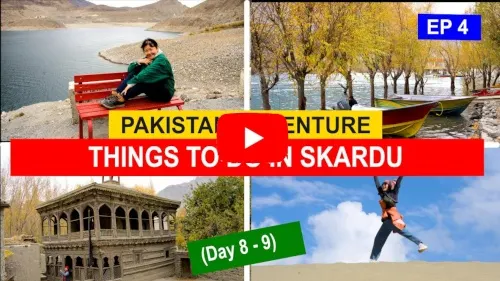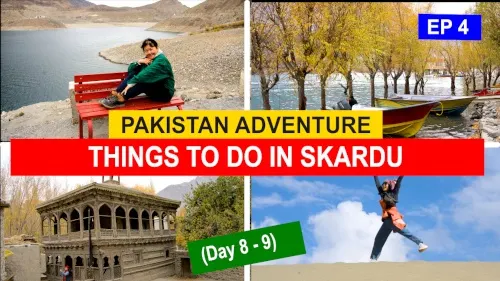
We've been on a crazy adventure lately in Pakistan. We traveled from Islamabad on the Karakoram Highway right to the border of Pakistan and China. And after exploring Hunza Valley, we're now going to Skardu. This article will cover all the exciting things to do in Skardu.
1. Where 3 mountain ranges meet
The first stop we traveled from was Gilgit to stop at the point where the Karakoram, Hindu Kush, and Himalaya mountain ranges intersect. It is also the junction of the Indus and Gilgit Rivers.
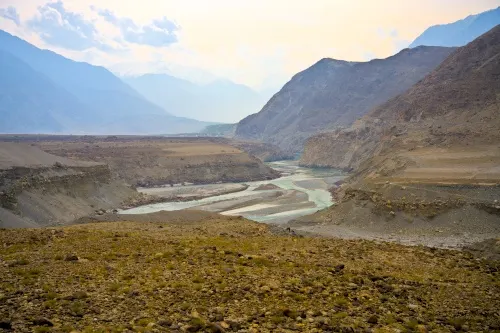
Along the way, we spotted numerous holes in the mountains with a white line. Our guide explained that these are the places where people mine gemstones.
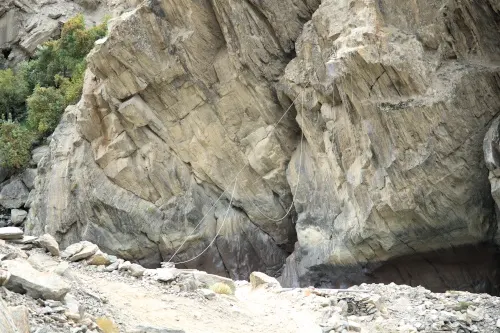
2. Lunch at Astak
The journey from Gilgit to Skardu is quite a distance. Eventually, we arrived at a rest stop called Astak for a toilet break. There are no other large towns in the area, so we had lunch at one of the smaller restaurants that mostly catered to locals. The open-air setting provided a unique ambiance to dine.
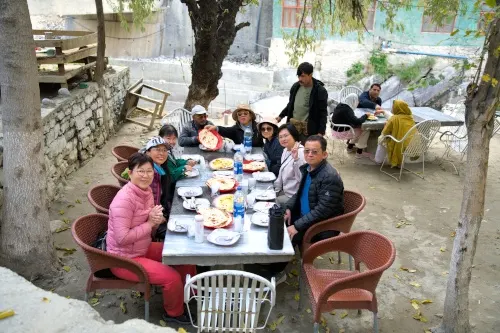
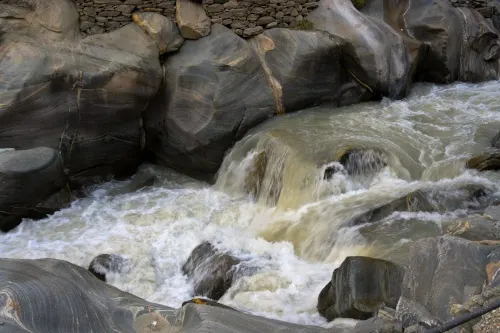
Watch the video we visit Skardu at the end of this article 👇👇.
3. Upper Kachura Lake
After lunch, we drove towards the Upper Kachura Lake in Skardu, Gilgit-Baltistan.
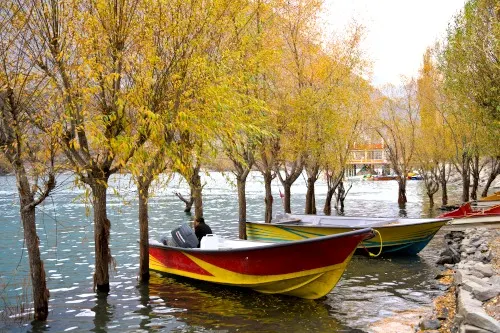
As we stepped out of our couch, we took a leisurely ten-minute stroll toward the Upper Kachura Lake. The path was lined with tall trees with beautiful yellow leaves, which fluttered gently in the cool autumn breeze and fell onto us, creating a delightful rustling sound as we walked. It is indeed a pleasant experience that we never expected.
There were a few flights of stairs before descending to the lake. The beauty of the lake is beyond description. Let the images of this stunning scene speak for themselves.
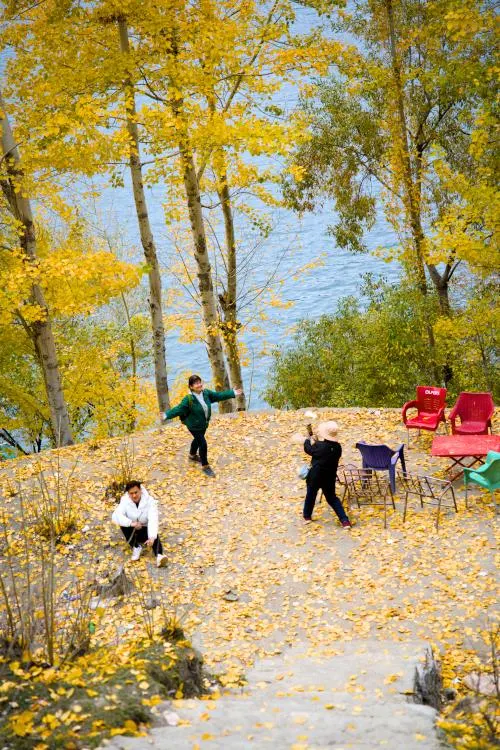
Upper Kachura Lake is known for its pristine, clear waters in the Skardu District. It is at an altitude of 2,500 m and is one of the highest lakes in Pakistan.
The lake is surrounded by the Karakoram mountain range of the western Himalayas and the greater Kashmir region, which adds to its scenic beauty. The area has diverse flora, including the Western Himalayan subalpine conifer forests ecoregion. Besides, the region is also known for its wild apricot orchards.
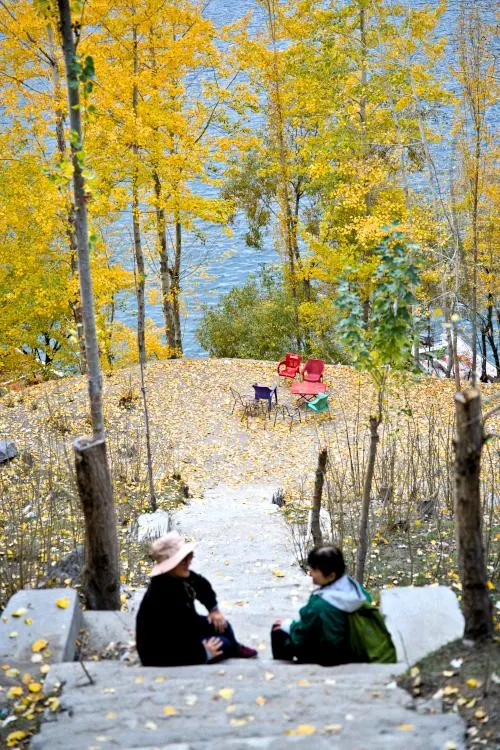
Various recreational activities are available at Upper Kachura Lake, including hiking, trout fishing, and Himalayan mountaineering.
There is another lake called Lower Kachura Lake (Shangrila Lake), not far from here. but we did not stop over there.
4. Passing a small town at night
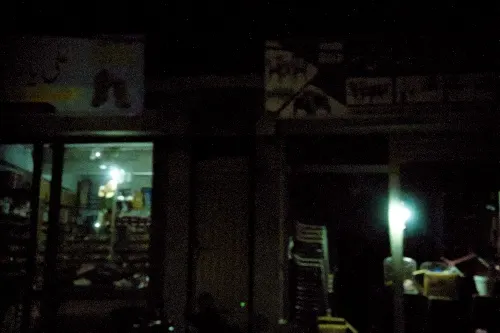
We continued our journey to Shigar Fort. We passed through an unknown small town where most shops only had one small light on. The locals living there are generally poor, and they do that to minimize their electricity consumption. Also, there are frequent blackouts due to inadequate electricity supply. We were fortunate to come from a city with much better living conditions.
Booking.com5. Shigar Fort
We arrived at Shigar Fort and were treated to a sumptuous dinner. We will be staying in a fort once occupied by the Raja.
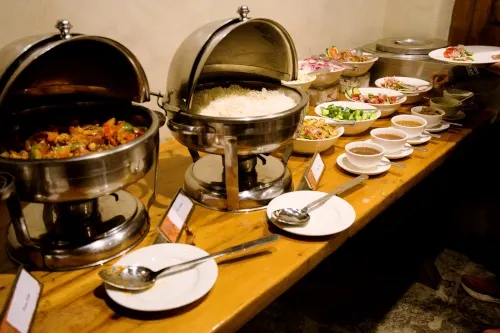
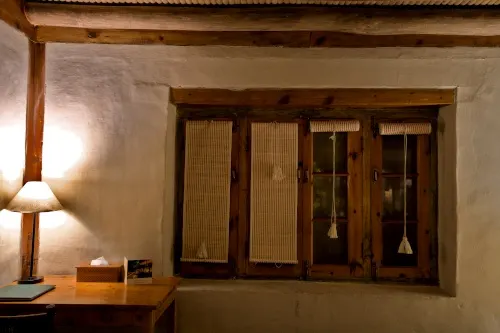
The room has a unique decoration style blends Tibetan and Booker influences, known as the Balti style. We had a good night's sleep and eagerly awaited the fort tour tomorrow.
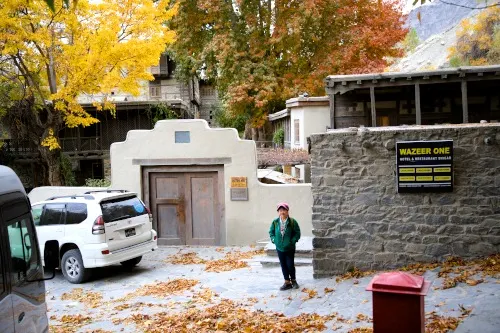
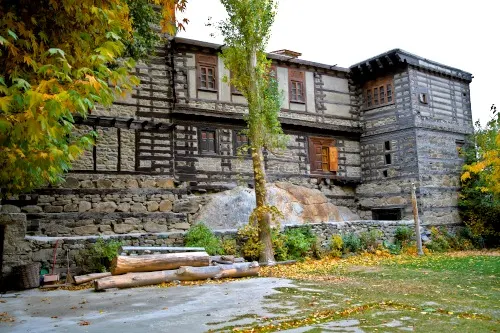
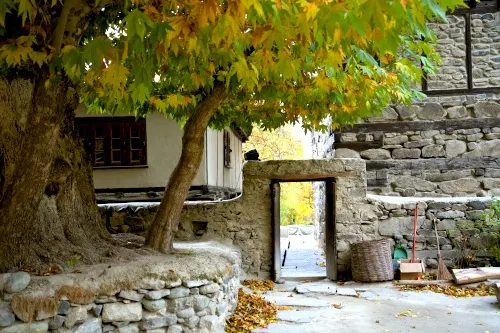
The Shigar Fort, constructed in the 17th century by the Raja of the Amacha Dynasty of Shigar, has been transformed into a museum and luxury hotel managed by Serena Hotels after extensive restoration. For over four centuries, the fort has been steeped in the folklore and legends of the region, making it a significant cultural and historical landmark.
From 1999 to 2004, the fort underwent a major facelift and has been restored to its former glory. We felt so lucky that we could stay in this heritage boutique hotel that offers a unique experience immersed in Balti culture.
According to local legend, Fong Khar, also known as Shigar Fort, was built in 1634 by Hasan Khan Amacha, the 20th ruler of the Amacha family. He is said to have brought builders and artists from Kashmir with him when he returned from exile in the Shah Jahan court. The wooden carvings in Fong Khar are rich in Persianate Kashmiri and Baltistai idioms, providing evidence.
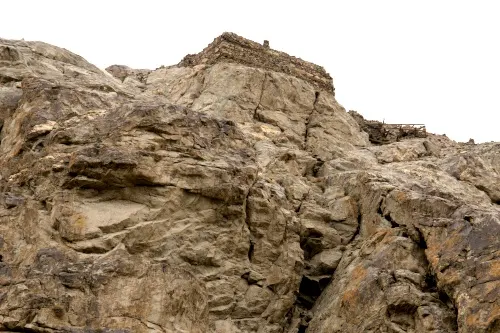
The old fort, Khari-Dong, was constructed before the arrival of the Amachas and was perched high above the cliffs. It is believed that the previous settlements were associated with the old site.
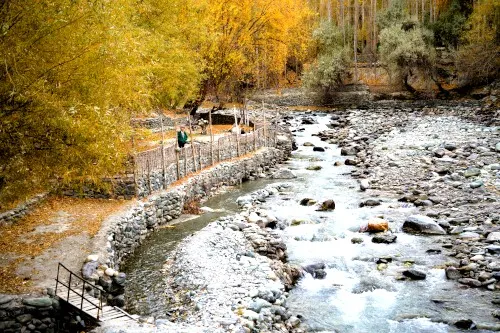
We woke up early the next day and enjoyed a delicious breakfast at the restaurant with a beautiful view of the mountain and the small stream called Bauma-harel Lungma that will join with the Shigar River
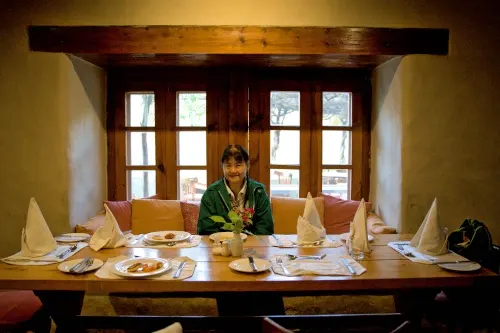
After breakfast, we explored the fort and discovered an ancient maple tree that had been there for over 400 years. The fort is so breathtakingly beautiful that we felt like we had traveled back to the glorious era of the Amacha Dynasty.
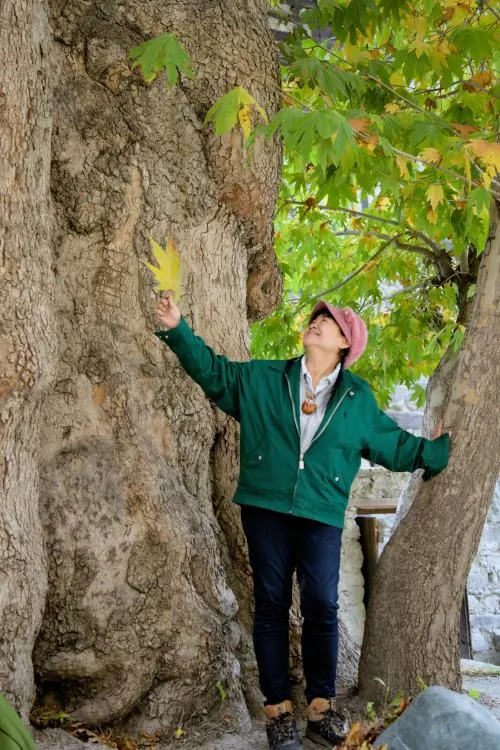
Later, we joined a guided tour of the Museum of the Fort.
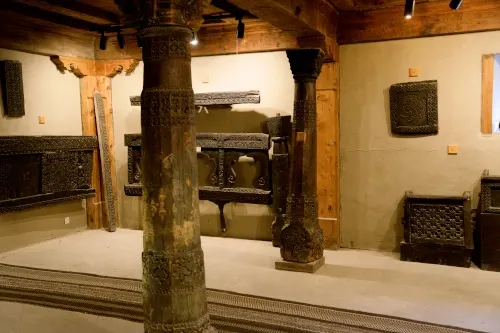
6. Khilingrong Mosque and Khanqah-e-Mualla
We visited the Khilingrong Mosque just in front of the fort.
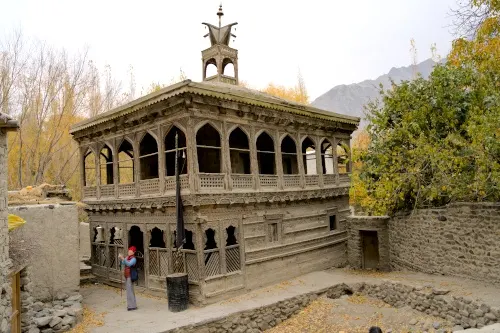
Historically and architecturally, this mosque is a significant landmark in Shigar Valley. It was built in the early 17th century and has stood for over 400 years. The mosque is a unique two-story wooden building, with the ground floor being used during the winter and the first floor mainly in summer. It was constructed using stone and timber and features columns and exquisitely carved motifs displaying abundant geometrical and floral patterns. The top of the mosque is decorated with a Tibetan tower, reflecting the influence of Buddhism in the region. The Khilingrong Mosque is still in use today.
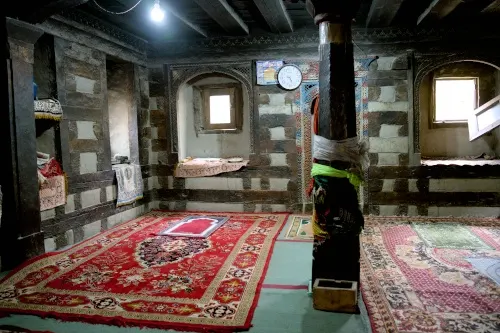
We requested permission from a family near the mosque to enter their house. Sadly, their living conditions are far from satisfactory. They have nothing except the bare essentials to survive. It made me feel grateful for my opportunities and luxuries, and I realized the hardships these people face in struggling for their daily needs.
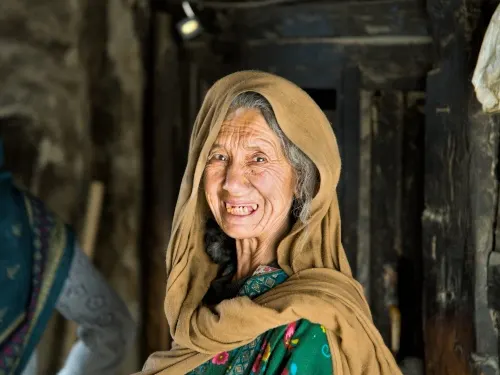
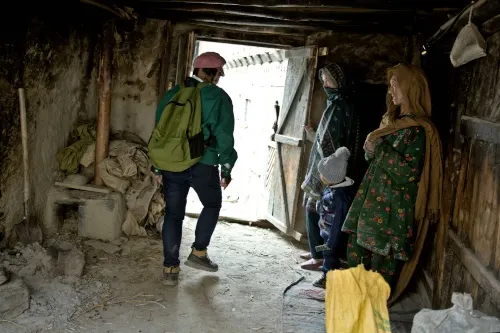
We also visited one of the oldest mosques located just 10 minutes away. The Khanqah-e-Mualla in Shigar is a 400-year-old structure and one of the largest Khanqahs built with mud and wood in the Gilgit-Baltistan region.
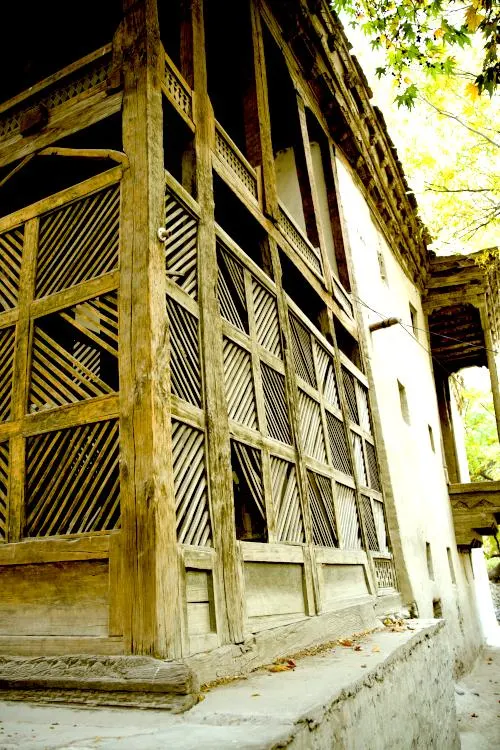
After visiting the mosques, we returned to Shigar Fort for lunch and proceeded to Sarfaranga Cold Desert.
7. Sarfaranga Cold Desert
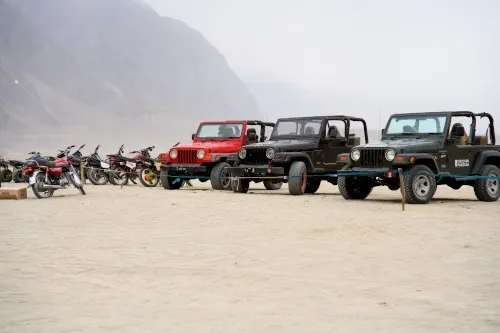
The Sarfaranga Cold Desert, also known as the Skardu Cold Desert, is located in the Shigar district at an altitude of 7,500 feet in Gilgit-Baltistan.
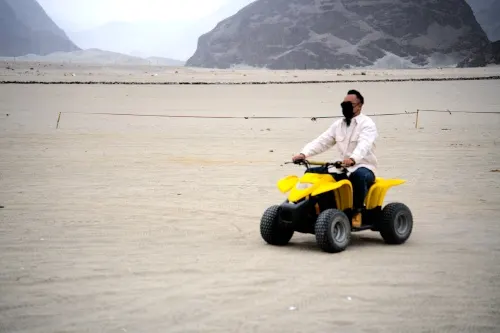
This vast desert is famous for its multicolored trees, white dunes, and mesmerizing sunsets over the Indus River. When we first arrived, the strong winds made engaging in activities other than riding an ATV difficult.
8. Manthal Buddha Rock
After leaving the Sarfaranga Cold Desert, we head towards the Manthal Budda Rock, about half an hour's drive from there.
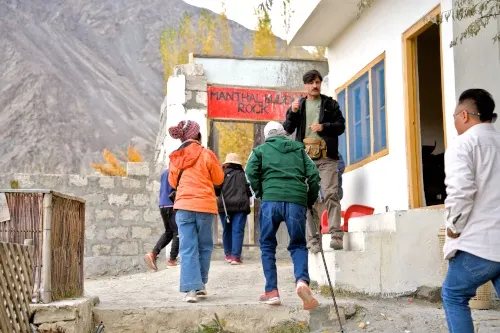
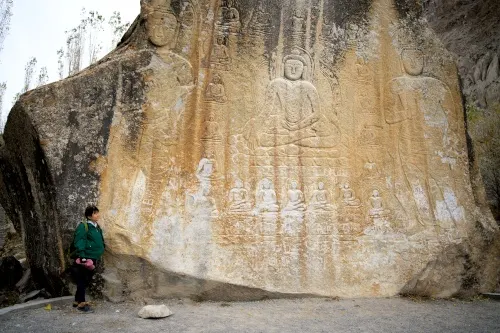
Manthal Buddha Rock is a significant granite rock from the 8th century. It is situated in Manthal village in Skardu, Pakistan, and is considered one of the most important relics of Buddhism in Skardu. The rock is around 3 kilometers from the Sadpara Road to Satpara Lake.
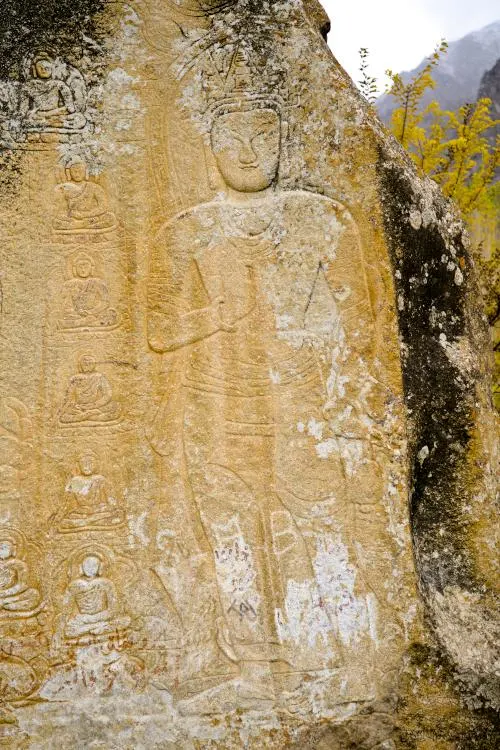
Before Islam arrived in Gilgit-Baltistan, most people were Buddhist. As a result, they carved Buddha images on rocks, including the Manthal Buddha Rock. The rock features a massive carving of Buddha at the center with two standing Metreyias (future Buddhas) and twenty small Bodhisattvas (disciples) surrounding them.
9. Sadpara Lake
As we wind down our day, we make a stop at Sadpara Lake before reaching our hotel, Dynasty in Skardu. The lake, which sits at a height of 2,636 meters, is surrounded by mountains and lush trees. The lake is fed by the melting ice of the Deosai plains, and it serves as a source of fresh drinking water for the Skardu Valley.
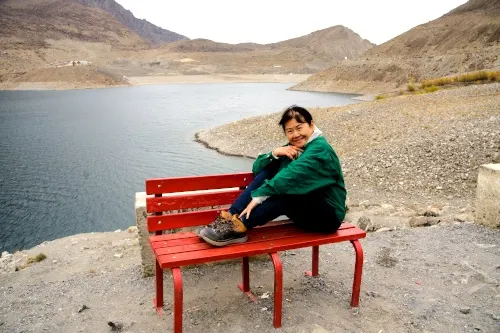
Furthermore, the Sadpara Lake has been enlarged due to the completion of the Satpara Dam downstream, a medium-sized multi-purpose concrete-faced earth-filled dam located on the Satpara Stream, about 4 km from Skardu town.
10. Skardu Bazaar and Dynasty Hotel
Before checking in at the Dynasty Hotel, we stopped at the main street of Skardu City to purchase some local items, such as gemstones, local fruits, and snacks.
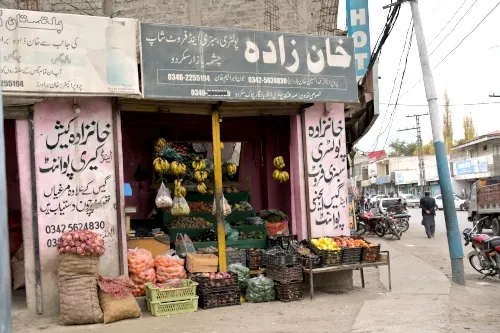
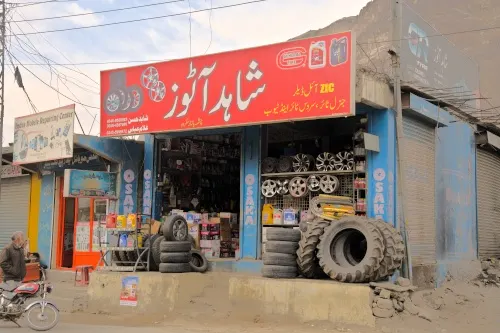
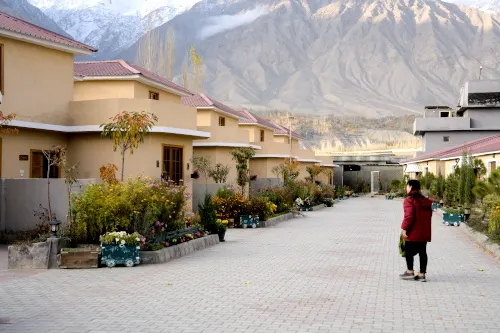
11. Katpana desert
Our Northern Pakistan journey will end in Skardu before we return to Islamabad.
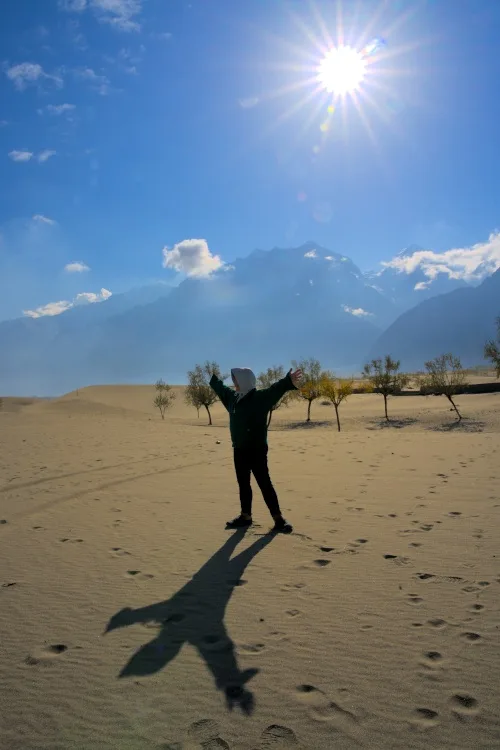
We stopped at Katpana desert to visit the cold desert again before leaving. Unlike the previous day's strong winds, the weather was perfect today, with clear blue skies and no wind. We climbed up onto the sand dunes to take some mesmerizing photographs. The Katpana Lake right in front of us is totally dry during this season.
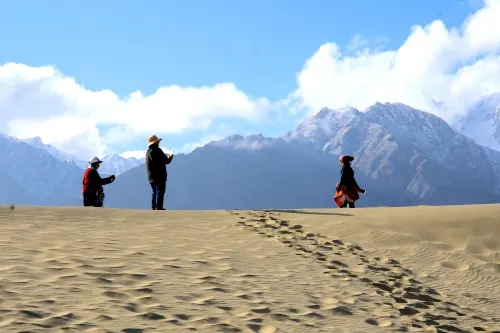
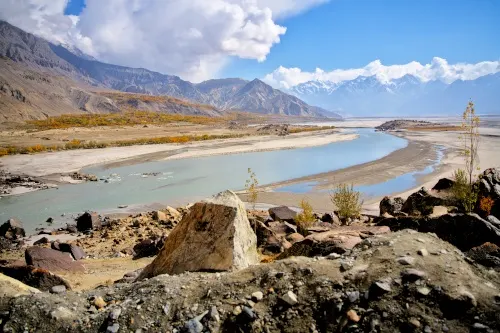
We have already shared several articles about our adventures in the Hunza Valley, our travels along the Karakoram Highway, and our visit to Taxila. Our next article is about our hotel experience, including food options and other valuable tips for first-time visitors to Pakistan.
Our trip was organized by Go Holiday 360 Sdn Bhd. Please get in touch with them for further inquiries.
12. What do we miss out on?
Our 3D2N in Skardu can only let us pick and choose places to visit. If I return, there will be a long list of places I wish to see. Here is what we missed out on this trip.
- Deosai National Park is an alpine plain and a national park between Skardu District and Astore District in Gilgit-Baltistan. The park is at an average elevation of 4,114 meters (13,497 feet) above sea level, making it the second-highest plateau in the world. One of the park's major attractions is Sheosar Lake, also known as Blind Lake. This stunning lake is situated at the park's western end and is famous for its crystal-clear waters.
- Kharpocho Fort, also known as Skardu Fort, is a historic fortress above Skardu. The fort is about 40 meters above the city on a mountain and offers stunning views of the surrounding valley and the merging of rivers.
- Khaplu Valley, known as Shyok Valley, is famous for its natural beauty, cultural significance, and historical buildings. The valley is home to picturesque landscapes, including the intersection of the Indus and Shyok Rivers.
- Basho Valley, also known as Basho Meadows, is another natural wonderland nestled amongst towering mountains, offering breathtaking views and many outdoor activities to enjoy, including hiking, climbing, rafting, and kayaking.
- Khaplu Palace is an old fort and palace located in Khaplu. Following the palace's renovation, a section of the residential area is being used as a hotel operated by Serena Hotels. The palace offers a unique and luxurious experience for travelers seeking to immerse themselves in history and culture.
- Chaqchan Mosque, also known as the "Miraculous Mosque," is a historic mosque in Khaplu. The mosque is a must-visit attraction for anyone interested in Islamic architecture and history.
- The Baltoro Glacier is one of the longest glaciers outside the polar regions. The glacier is situated in the Karakoram mountain range, close to K2, the second-highest peak in the world.
Watch the video at Skardu👇👇.
